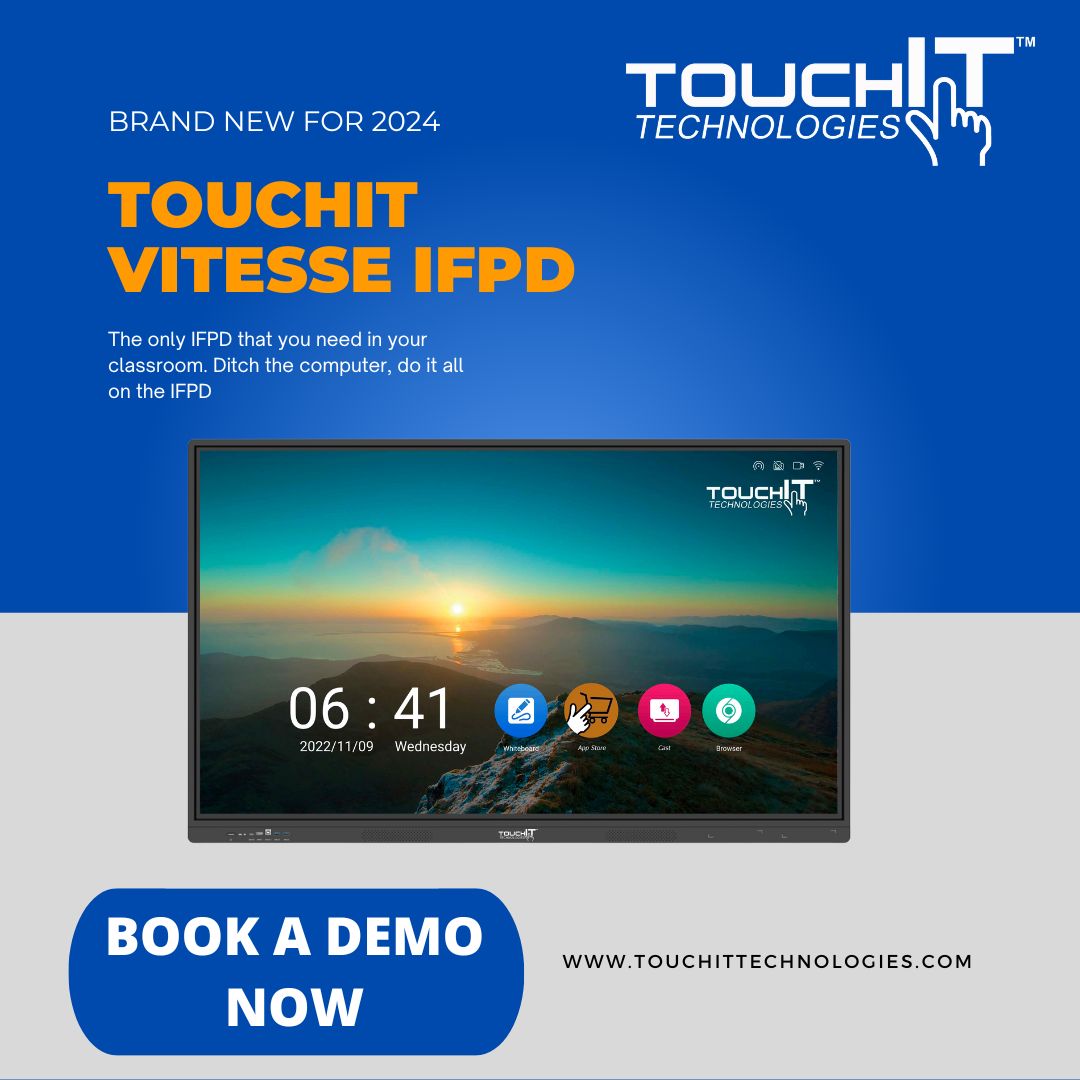Remember the days of wrestling with projector cords, battling classroom lighting, and squinting at blurry images on the screen? Both projectors and interactive flat panels (IFPs) offer solutions for the modern classroom, but which one reigns supreme? This age-old debate can leave educators feeling lost in a sea of specs and conflicting claims.
Imagine Ms. Johnson’s classroom. One day, the projector sputters and dies mid-lesson, plunging the room into darkness and halting the flow of learning. The next day, the IFP displays a vibrant, interactive map, allowing students to explore different ecosystems with just a touch. While both projectors and IFPs project images, the user experience can be vastly different. Let’s break it down:
Round 1: Image Quality & Durability
- Projectors: Prone to image quality issues like blurriness and color distortion, especially in brightly lit classrooms. Lamp replacements can be a recurring cost. (Source: https://m.youtube.com/watch?v=fms1s5pd7Kw)
- IFPs: Offer superior image quality with high resolution and crisp visuals, even in bright environments. Durable touchscreens eliminate the need for lamp replacements.
Round 2: Interactivity & Engagement
- Projectors: Limited interactivity, often requiring additional tools like interactive pens.
- IFPs: Offer a wide range of interactive features like touchscreens, annotation tools, and gamified learning apps, fostering a more engaging learning experience.
Round 3: Ease of Use & Maintenance
- Projectors: Set-up can be cumbersome, requiring cables, screens, and adjustments for optimal viewing. Regular cleaning of lenses and filters is essential.
- IFPs: Generally easier to set up with a more user-friendly interface. Touchscreens require minimal maintenance compared to projectors.
The Unexpected Considerations
Beyond these core features, consider these often-overlooked factors:
- Eye Strain: Projector screens can cause eye strain due to glare and flickering. IFPs offer a more comfortable viewing experience.
- Accessibility: IFPs can be a boon for students with visual or physical impairments. Touchscreens and annotation tools allow for greater participation.
- Future-Proofing: IFPs integrate seamlessly with modern technology like tablets and VR headsets, creating a more adaptable learning environment.
The Verdict: A Champion for the Modern Classroom
While projectors can be a budget-friendly option, IFPs offer a clear advantage in terms of image quality, interactivity, ease of use, and long-term value. For educators seeking to create a dynamic, engaging, and future-proof learning environment, interactive flat panels are the undisputed champion.


